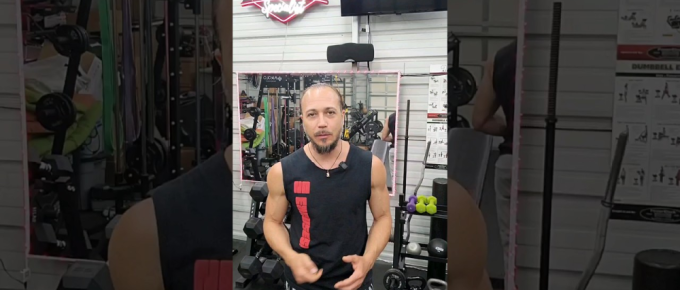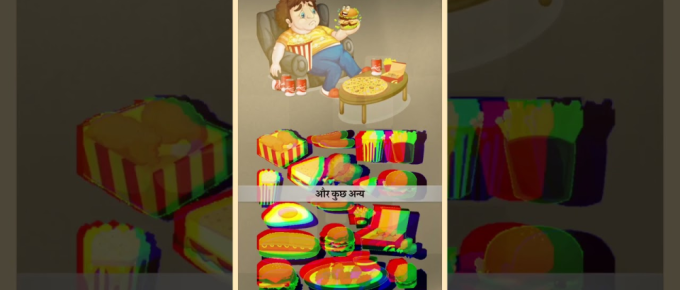…
Arvind Kejriwal & Type 2 Diabetes, Video – 1
#Aam_Aadmi_Party #MP #Sanjay_Singh alleged that there is a “#conspiracy to kill" party #leader and #Delhi #Chief_Minister #Arvind_Kejriwal, by denying him access to #insulin for his #type-2 #diabetes, …
Continue Reading about Arvind Kejriwal & Type 2 Diabetes, Video – 1 →
Gary Taubes: Unintended Consequences Of Weight Loss “wonder” Drugs
Did you know that doctors were treating diabetic patients with high-fat low-carb diets all the way back in the 1700s? Though high-fat ketogenic diets were found to effectively treat diabetes for …
Continue Reading about Gary Taubes: Unintended Consequences Of Weight Loss “wonder” Drugs →


